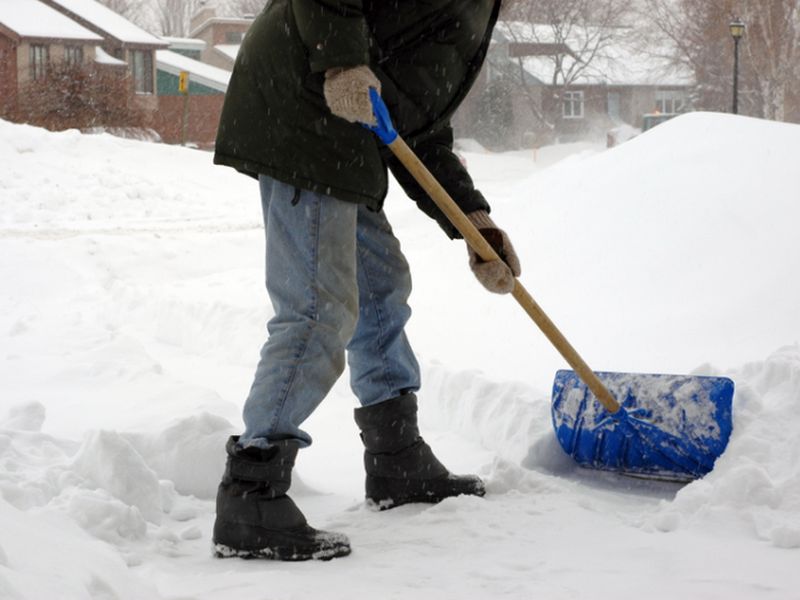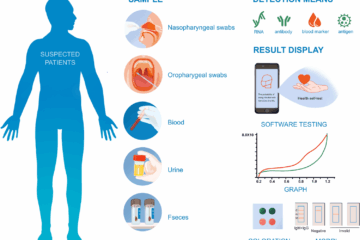
While there’s a real kick back inside the air, your chance of being hospitalized for coronary heart failure rises, a brand new look at suggests.
cold weather additionally appears to enhance the hazard of hospitalization for both coronary heartfailure and atrial traumatic inflammation, a circumstance characterized by means of an abnormal heartrhythm.
“inside the beyond, seasonal differences have been mentioned for heart assaults and strokes,” saidlook at co-author Dr. Abhishek Deshmukh, a cardiac electrophysiologist with the Mayo clinic in Rochester, Minn.
“We checked out differences due to the season in sufferers getting hospitalized for coronary heart failure and atrial traumatic inflammation from a massive countrywide hospitalizations database,” he introduced. “We observed that in cooler months, specifically in February, the costs of hospitalizations are the best.
“it’s miles placing that humans get more ill with cardiac illnesses throughout cooler months,” Deshmukhstated. “whether or not it’s miles the cooler air, after-impact of excursion season or differentenvironmental triggers needs in addition research.”
Deshmukh and his colleagues had been to offer their findings Friday at a assembly of the coronary heartRhythm Society, in San Francisco.
more than five million americans enjoy heart failure every 12 months and as many as 6 million might alsohave atrial traumatic inflammation, according to the U.S. facilities for ailment control and Prevention.
The have a look at focused on hospitalizations that came about among 2002 and 2012 due to heartfailure. That statistics covered extra than 12 million sufferers, a 3rd of whom additionally had atrialtraumatic inflammation.
Averaging the frequency of hospitalizations across the ten–year duration, the researchers observed thatboth those with coronary heart failure and people with heart failure and atrial traumatic inflammationhave been “drastically” much more likely to be hospitalized at some stage in iciness months in comparison with summer time months.
the lowest month for such hospitalizations turned into July, the take a look at authors said. but in themonths after, hospitalizations climbed, attaining their highest fee in February. From that month ahead,however, the figures started to decline, till once more attaining a low point the following July.
though Deshmukh stated it’s uncertain what precisely drives those differences due to the season, herecognized some of “viable reasons.” They include: seasonally provoked changes in physical fluid balances, changing tiers of obviously taking place hormones, a rise in infection threat, and moving airpollutants environments.
The cooler ambient air of wintry weather may additionally itself serve as a potential cause, heintroduced, given that cooler air can provoke an increase in blood pressure.
That factor changed into seconded by Dr. Gregg Fonarow, a cardiology professor at the college of California, la.
“Blood stress is better in wintry weather, that may get worse coronary heart failure,” he stated. “also for the duration of winter months, there are higher fees of respiratory tract infections, which increase heartfailure chance.”
An growth of salt consumption in iciness months can also be tricky, he mentioned.
Deshmukh stated he believes that increasing “focus of this ‘winter impact‘ may additionally result inmore attention to symptoms.”
nevertheless, is there something sufferers can do to proactively cut down the chance of cold climatecoronary heart trouble?
unfortunately, no, said Deshmukh, who introduced that greater research is wanted to discover what steps patients can take to modify or decrease the wintertime danger.
assembly results are generally considered as initial until posted in a peer-reviewed magazine.




